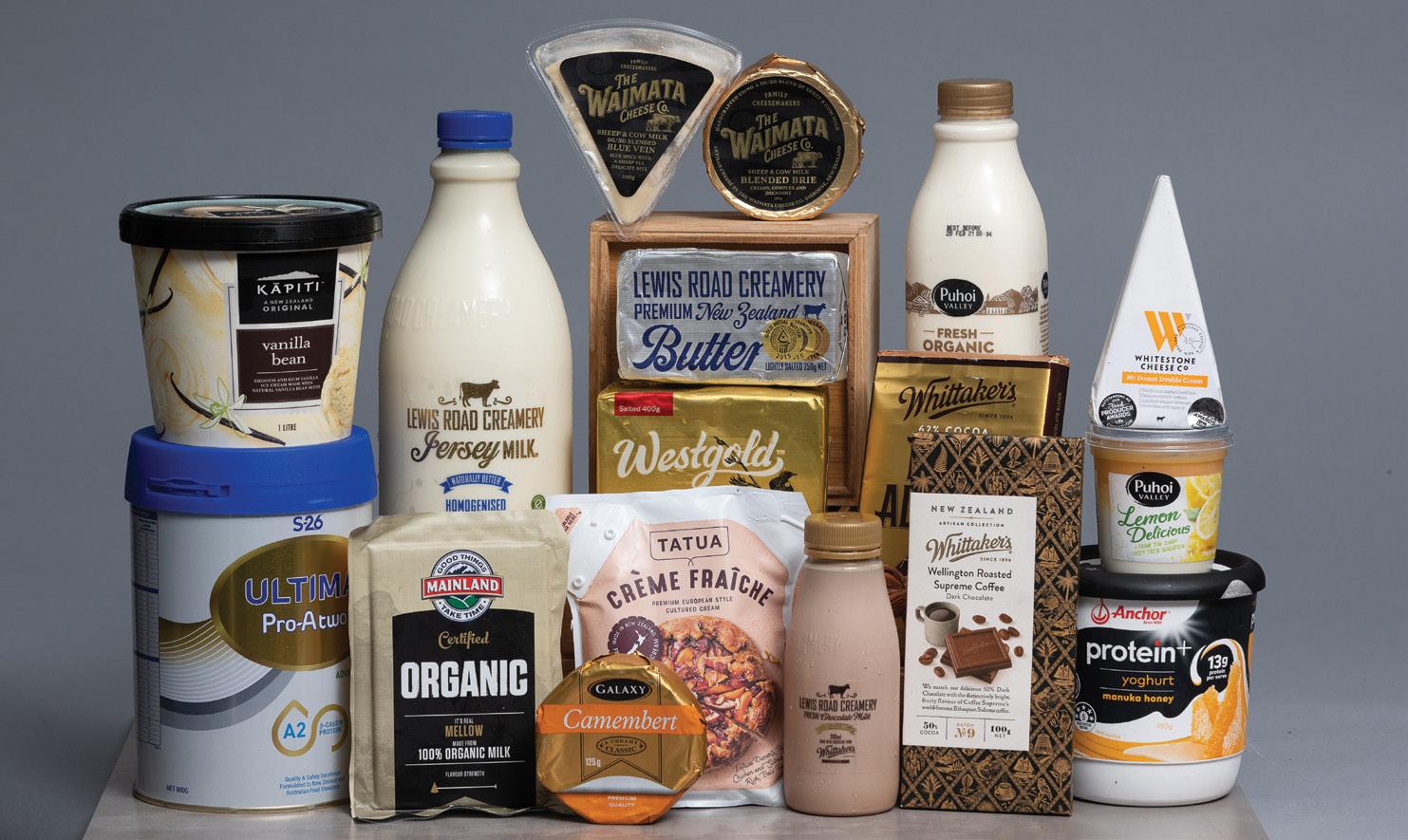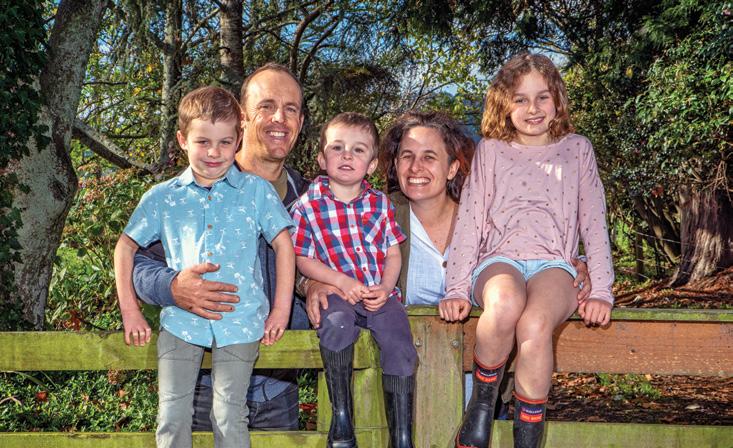RESEARCH WRAP FARMERS FORUM
Get used to disruption Changing times in dairying are here to stay, delegates at the DairyNZ Farmers Forum were told. Sheryl Haitana reports from the conference.
T
he dairy sector should talk to strangers to solve their issues around delivering a sustainable product to meet incoming environmental regulations. Nanotechnologist Dr Michelle Dickinson addressed the DairyNZ Farmers Forum at Hamilton in April and encouraged the industry to talk to scientists and tech experts outside their usual circle because that’s where they could find solutions. She said disruption is here to stay and businesses can’t get caught out by traditional linear thinking and just trying to improve on what has come before. Farmers are pre-wired to repeat and optimise what they produced in last year’s harvest. But things are going to come in and disrupt the sector and products and solutions will take the industry by surprise and take it to new places, she said. DairyNZ presented multiple research projects at the forum, from monitoring new methane inhibitor products to gene editing for breeding heat resistant cows. DairyNZ scientist Elena Minnee says the industry has solutions at hand to reduce methane emissions by 10%, but to achieve the 47% target reduction by 2050 there needs to be significant development in tools and practices onfarm. DairyNZ is working with other research organisations on solutions from the five key focus areas to address methane; farm systems, feed, genetics, vaccines and inhibitors. It is also working to oversee products coming to market to ensure they are safe and beneficial for farmers.
METHANE INHIBITORS
Methane inhibitor technologies are close to market, which could get rapid uptake and provide significant reductions 82
Dr Michelle Dickinson, Nanogirl, spoke at the DairyNZ Farmers Forum, telling farmers to get used to disruption in the sector.
in methane, particularly for overseas producers. Inhibitors are chemical compounds that are either naturally derived or synthetically made that suppress the activity of the bugs in the rumen that create methane.
Some claims say that inhibitors can reduce methane anywhere from 30 to 90% reduction in methane emissions per unit of feed eaten, in some cases without any reduction in productivity. But the actual effect and impact on emissions, the cow and the milk are yet to be determined. “The cynic in me thinks there are some catches and it’s our job to find out what they are,” Elana said. There is one catch they know of in that the methane inhibitors need to be present in the ruman constantly to have the most effect. DairyNZ’s role is to screen the products coming to market to see what will be the most effective and that they are safe and there is no antagonistic effect, she said. “It’s got to work without compromising production. There is a chance of snake oil companies getting into this market.” DairyNZ is engaging early to look at things like product residues, milk composition and to investigate if these inhibitors affect the nutritional values of dairy products.
DairyNZ scientist Elena Minnee says the industry has solutions at hand to reduce methane emissions by 10%, but to achieve the 47% target reduction by 2050 there needs to be significant development in tools and practices onfarm. Inhibitor options could be mixed into feed or a slow release capsule. The trick with a capsule is making it effective enough without being the size of a rocket, she said.
The inhibitors also have to be implementable onfarm and be auditable so that it can be recognised if farmers are using these products to reduce methane, she said.
Dairy Exporter | www.nzfarmlife.co.nz | May 2021


























